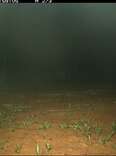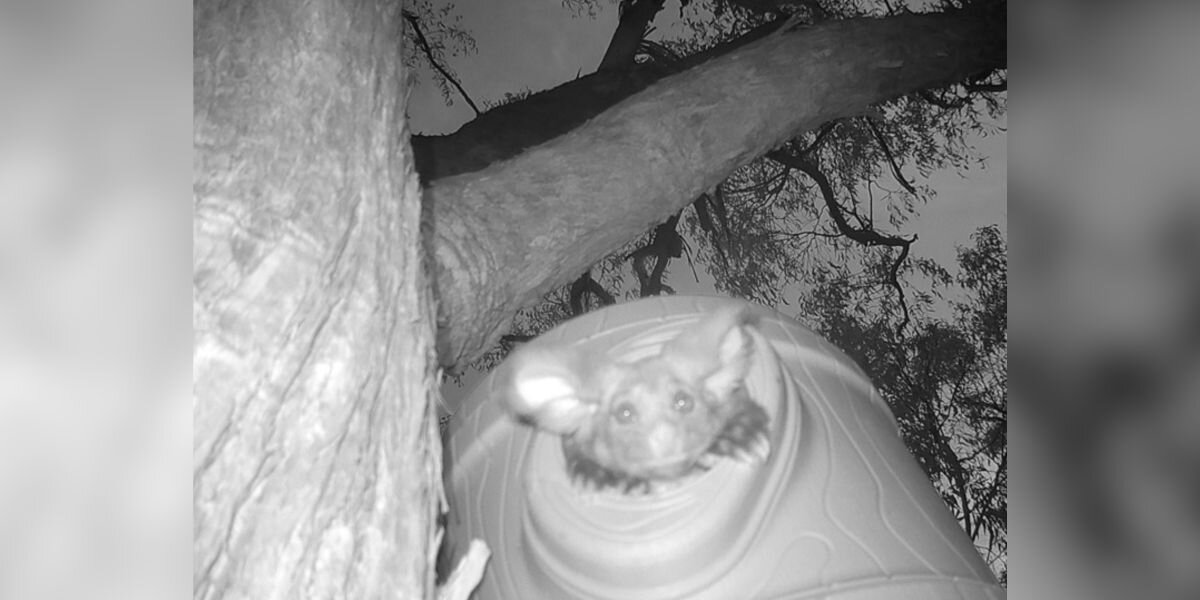In June 2024, animal scientists placed 12 habitat boxes and solar-powered cameras around Dingo Mountain in New South Wales, Australia. According to The Great Eastern Ranges, the researchers hoped they might catch a glimpse of a certain animal climbing inside.
Months later, team members checked their footage and saw something spectacular. In one clip, an adorable fuzzy face poked out from a box. The scientists were elated.
The fluffy visitor was a greater glider, a nocturnal marsupial known for their large ears, downy coats and long, bushy tails. The name “glider” refers to their winged arms, which allow them to fly gracefully through the forest
Unfortunately, recent years have been hard on greater gliders. According to the Australian Conservation Foundation, greater glider populations have declined by 80 percent in the past two decades due to factors like climate change, deforestation and bushfires. Greater gliders make their homes in tree hollows, and fewer trees mean fewer homes.
The decline is devastating not just for the animals, but for the larger ecosystem as well.
“[G]reater gliders play a crucial role as indicators of forest health,” WWF Australia notes in an informational page. “Typically found in tall, healthy forests, they help researchers gauge the overall well-being of the ecosystem.”
The scientists, working as part of the Bunyas to Border (B2B) Koala Climate Corridors project, hoped their boxes would provide extra habitat space for the gliders. Seeing one of the animals on camera proved that their hard work was paying off.
“It’s always wonderful to see our nest boxes being used by the target species and extra special when it is a threatened species such as the greater glider,” Mick Callan, B2B habitat innovation and management director, told The Great Eastern Ranges.
Given this success, team members are seeking funds to install more boxes across the area, allowing these cherished marsupials more chances to thrive.
Hopefully one day, if all goes well, seeing a greater glider in the wild won’t be such a surprise.
To help aid greater glider conservation, you can make a donation to Bunyas to Borders via The Great Eastern Ranges.  Scientists Check Hidden Cam And Spot Someone They Haven’t Seen In A Decade“I actually did a double take at the images.”
Scientists Check Hidden Cam And Spot Someone They Haven’t Seen In A Decade“I actually did a double take at the images.”

